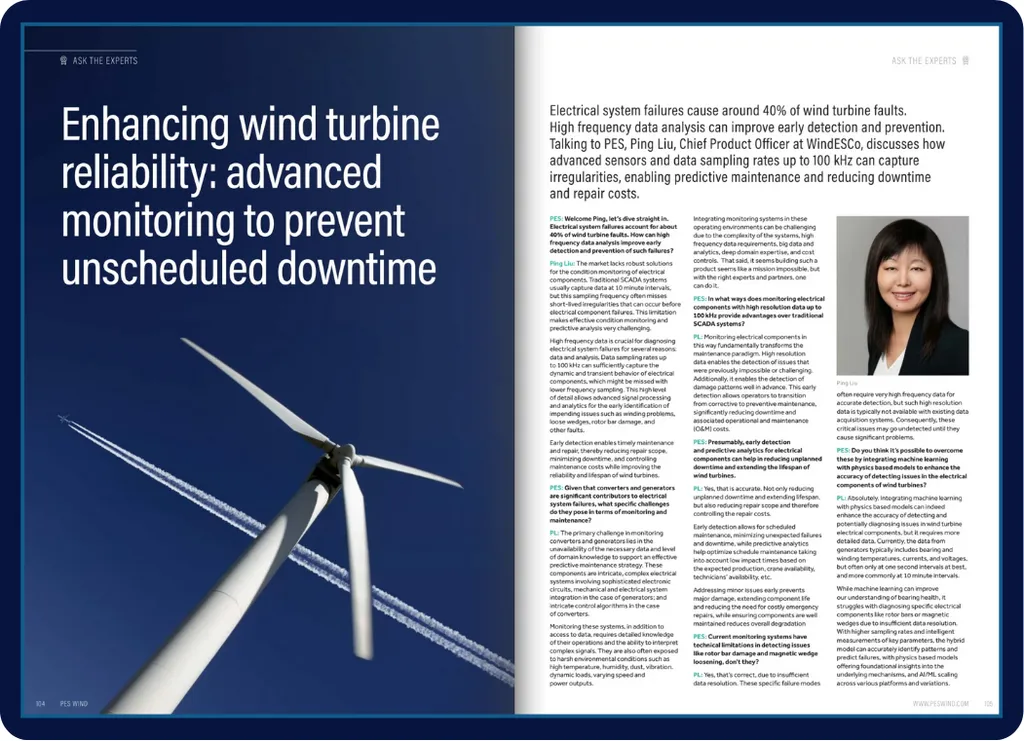In the quest to bolster the safety and efficiency of wind power systems, a groundbreaking solution for monitoring the structural health of wind turbines has emerged from the pages of *Control and Automation Technology*, formerly known as *Kongzhi Yu Xinxi Jishu*. The research, led by LIU Jinrui, introduces an innovative tower frequency monitoring system designed to enhance the real-time detection of potential faults in wind turbine generator systems (WTGS).
The study addresses a critical gap in the current monitoring methods, which often lack the precision and automation necessary for effective structural health management. By leveraging high-precision vibration monitors and fast Fourier transform (FFT) analysis, the proposed solution offers a robust framework for detecting natural frequency changes in wind turbine towers. These changes can be indicative of structural damage or other faults, allowing for timely interventions and preventive maintenance.
“Our solution involves collecting tower vibration data in real time and utilizing FFT for frequency domain analysis,” explains LIU Jinrui. “This enables us to detect natural frequency changes with high accuracy, providing a reliable fault warning and protection mechanism.”
The system’s simplicity and ease of deployment make it particularly attractive for commercial applications. By converting time-domain signals into frequency-domain signals through FFT, the solution extracts instantaneous frequency using a peak detector and compares it with the natural frequency. Any deviation beyond the safety threshold triggers an alert, ensuring that potential issues are addressed promptly.
The research demonstrated the effectiveness of the proposed monitoring solution, with an impressive accuracy in identifying natural frequency changes. In the shutdown state, the error margin was a mere 0.0122 Hz, highlighting the system’s precision. The solution’s high sensitivity and accuracy in detecting potential structural damages and faults make it a valuable tool for the energy sector.
“The tower frequency monitoring solution proposed in this paper helps improve the structural health monitoring level of WTGSs and ensures the safe operation of wind power systems,” notes LIU Jinrui. “Our findings provide technical support for the health management of WTGSs, which is of great significance for promoting the advancement of wind power technology and contributing to the fulfillment of the ‘dual carbon’ goals.”
As the world increasingly turns to renewable energy sources, the need for reliable and efficient monitoring systems becomes ever more pressing. This research not only addresses current challenges but also paves the way for future developments in the field. By enhancing the structural health monitoring of wind turbines, the solution contributes to the overall safety and efficiency of wind power systems, ultimately supporting the global transition to cleaner energy.
The study’s findings, published in *Control and Automation Technology*, offer a promising step forward in the quest for more robust and reliable wind energy solutions. As the energy sector continues to evolve, such innovations will be crucial in meeting the demands of a sustainable future.

